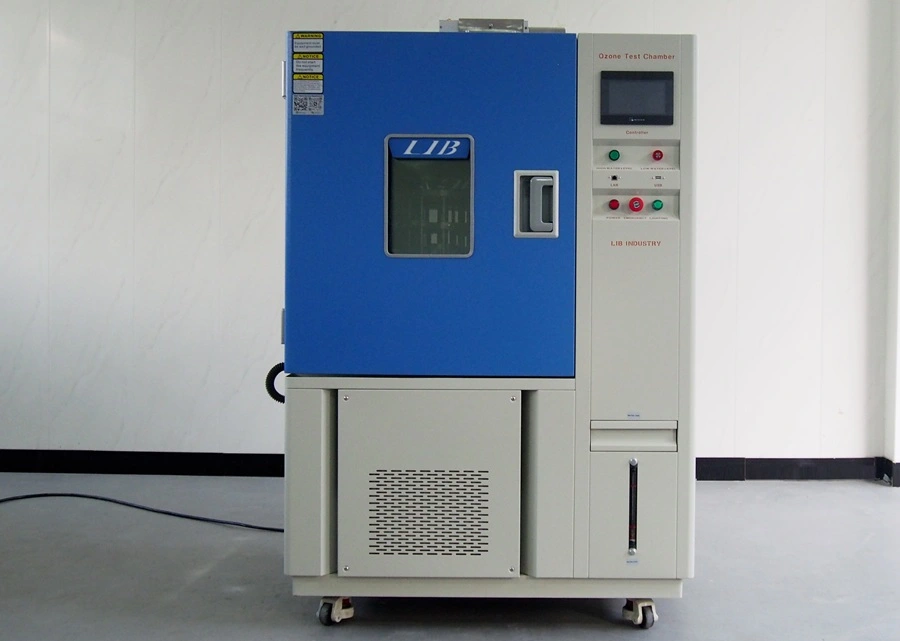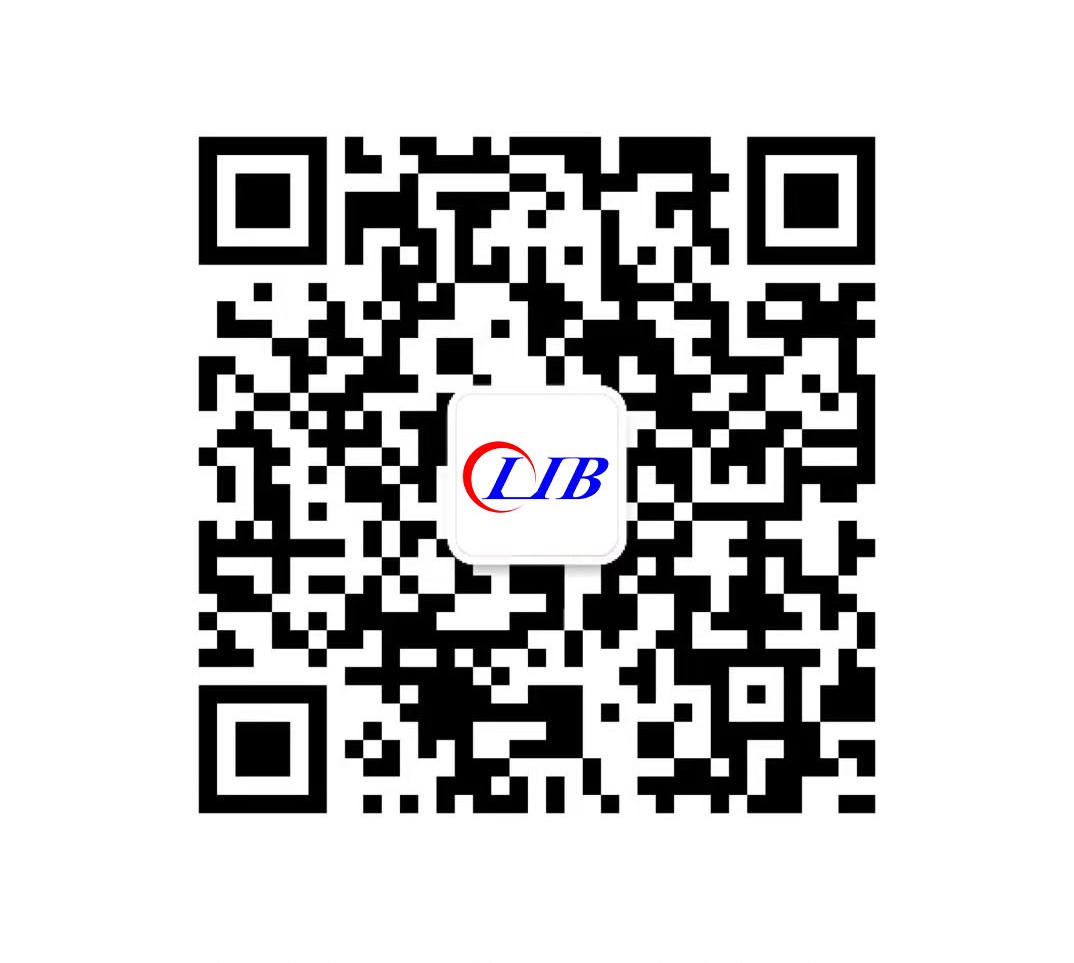ASTM Standards for Ozone Test Machines Explained
ASTM Standards for Ozone Test Machines Explained
ASTM standards provide the essential framework for evaluating material resistance to ozone exposure, ensuring product reliability and safety across industries. These internationally recognized testing protocols establish uniform procedures for assessing how rubber, plastics, and cable insulation materials withstand atmospheric ozone degradation. Understanding ASTM ozone testing requirements enables manufacturers to select appropriate testing equipment, develop quality assurance protocols, and meet regulatory compliance. Modern ozone test machines must adhere to these rigorous standards to deliver accurate, reproducible results that validate material performance under controlled environmental conditions.

Why ASTM Standards Matter in Ozone Testing?
Establishing Testing Uniformity Across Industries
ASTM standards set by the American Society of Testing and Materials evaluate the resistance of various materials when exposed to different levels of ozone. These standardized protocols eliminate testing variability between laboratories, ensuring consistent methodologies regardless of geographic location or testing facility. Manufacturers rely on this uniformity to compare material performance across different suppliers and validate quality specifications.
Regulatory Compliance and Market Access
Many industries require ASTM-compliant testing for regulatory approval and market access. Automotive manufacturers, cable producers, and rubber component suppliers must demonstrate ozone resistance through standardized testing protocols. ASTM D1149 specifies procedures for assessing the resistance of rubber to ozone-induced surface cracking under controlled conditions, providing the documentation necessary for product certification and liability protection.
Quality Assurance and Risk Mitigation
Standardized ozone testing reduces product failure risks by identifying material weaknesses before market release. Companies implementing ASTM testing protocols experience fewer warranty claims and product recalls. This proactive approach protects brand reputation while minimizing financial exposure from premature material degradation.
Overview of ASTM D1149 for Rubber Deterioration
Test Method Fundamentals
ASTM D1149 covers the estimation of the resistance of vulcanized rubber to cracking when exposed to an atmosphere containing ozone, with rubber specimens kept under surface tensile strain while ozone content is maintained at a fixed value. This standard provides the foundation for evaluating rubber materials in controlled laboratory environments using an ozone test machine.
Test Parameter | Specification | Purpose |
Temperature Range | 25°C to 50°C | Controls reaction kinetics |
Ozone Concentration | 25-500 pphm | Simulates atmospheric exposure |
Test Duration | 24-168 hours | Accelerates aging process |
Strain Level | 10-25% elongation | Induces stress cracking |
Specimen Preparation Requirements
Test specimens require precise preparation to ensure reliable results. Samples must be cut to specific dimensions with smooth surfaces free from nicks or irregularities. The presence of cracks indicates the extent of ozone resistance under specific accelerated conditions. Proper specimen handling prevents premature cracking that could invalidate test results.
Environmental Control Parameters
Temperature stability within ±2°C maintains consistent test conditions throughout the exposure period. Ozone concentration monitoring ensures accurate dosage delivery while air circulation prevents concentration gradients within the test chamber. Humidity control, typically maintained at 45-55% RH, prevents excessive moisture interference with ozone reactions.
ASTM D1171 and Its Application in Cable Insulation Testing
Triangular Specimen Testing Methodology
ASTM D1171 enables simple comparison of performance under specified test conditions for molded or extruded rubber products that must withstand ozone cracking and outdoor weathering. The triangular specimen design creates controlled stress concentrations that accelerate crack initiation and propagation.
Cable Insulation Evaluation Protocol
Cable manufacturers utilize D1171 testing to validate insulation materials before production implementation. The standard accommodates both outdoor exposure and chamber testing options, providing flexibility for different validation requirements. Test specimens undergo stretching procedures that simulate mechanical stress encountered during cable installation and service.
Insulation Type | Test Duration | Ozone Level | Evaluation Criteria |
EPDM Rubber | 72-168 hours | 50-200 pphm | Surface crack depth |
Thermoplastic Elastomer | 96 hours | 100 pphm | Crack density measurement |
Cross-linked Polyethylene | 120 hours | 75 pphm | Visual inspection rating |
Performance Assessment Criteria
Crack rating systems provide quantitative assessment of material degradation. Inspectors examine specimen surfaces at specified intervals, documenting crack severity using standardized rating scales. Digital imaging systems enhance evaluation accuracy by capturing crack patterns for detailed analysis and documentation purposes.
Test Conditions: Ozone Concentration, Time, and Exposure Methods
Concentration Level Selection
Ozone concentration selection depends on intended application environments and acceleration requirements. Standard concentrations range from 25 parts per hundred million (pphm) for sensitive materials to 500 pphm for accelerated testing protocols. The resistance level is determined by the physical appearance and severity of cracks on the material sample surface.
Temporal Exposure Parameters
Test duration varies based on material type and performance requirements. Rubber compounds typically undergo 72-hour exposures while cable insulation materials may require extended 168-hour testing periods. Interim inspections at 24, 48, and 72-hour intervals document crack progression patterns.
Static versus Dynamic Testing Methods
Static testing maintains constant specimen strain throughout the exposure period, simulating materials under continuous stress. Dynamic testing incorporates cyclic loading that better represents real-world conditions where materials experience varying stress levels. The ozone test machine design accommodates both testing approaches through adjustable sample holders and programmable loading systems.
Common Compliance Challenges in ASTM Ozone Testing
Equipment Calibration Requirements
Precise ozone generation and monitoring systems require regular calibration to maintain accuracy. Standards involve hazardous materials, specifically ozone, and may involve hazardous operations and equipment. Calibration procedures must follow strict protocols using certified reference standards and traceable measurement equipment.
Environmental Control Difficulties
Temperature uniformity across the test chamber presents ongoing challenges, particularly in larger chambers accommodating multiple specimens. Air circulation patterns must eliminate dead zones while maintaining laminar flow characteristics. Humidity control systems require careful tuning to prevent condensation that could interfere with ozone distribution.
Sample Preparation Inconsistencies
Specimen cutting techniques significantly impact test results through introduction of stress concentrations or surface irregularities. Training personnel in proper sample preparation reduces variability between operators. Standardized cutting tools and fixtures ensure dimensional accuracy and surface quality consistency.
Challenge Area | Common Issues | Solution Approach |
Ozone Generation | Concentration drift, electrode aging | Regular maintenance, UV photometry |
Temperature Control | Gradient formation, sensor placement | Multi-point monitoring, airflow optimization |
Sample Handling | Contamination, premature stressing | Clean procedures, handling protocols |
Ozone Test Machine Built to Meet ASTM Standards with Precision | LIB Industry
Advanced Chamber Design Features
LIB Industry ozone test machines incorporate 316 stainless steel construction that enhances corrosion resistance and extends equipment lifespan. The workroom design eliminates contamination sources while providing excellent visibility for specimen observation. Double silicone door seals with hard silicone composition deliver superior corrosion resistance compared to conventional sealing materials.
Precision Control Systems
Gas sensors feature high accuracy specifications with special corrosion treatments enabling reliable operation under high humidity conditions. Silent discharge ozone generators provide stable gas production with minimal maintenance requirements. The electromagnetic door lock system generates strong suction forces ensuring complete chamber sealing during testing operations.
Safety and Monitoring Integration
Emergency stop buttons positioned on both the operation panel and within reach of operators provide immediate shutdown capability. Earth leakage protection, phase sequence monitoring, and multiple security systems prevent equipment damage and operator exposure. LAN and USB connectivity enable remote monitoring and data logging capabilities for comprehensive test documentation.
Sample Handling Versatility
The combined static and dynamic sample holder system accommodates various specimen types and loading requirements. Stretching mechanisms provide precise strain control with digital readouts for accurate documentation. Multiple specimen positions maximize chamber utilization while maintaining uniform exposure conditions.
Conclusion
ASTM standards provide the critical foundation for reliable ozone resistance testing across diverse industries. Understanding D1149 and D1171 requirements enables manufacturers to select appropriate testing equipment and develop effective quality assurance protocols. Compliance challenges surrounding calibration, environmental control, and sample preparation require systematic approaches and qualified personnel. Modern ozone test machines incorporating advanced design features, precision control systems, and comprehensive safety measures deliver the accuracy and reliability necessary for ASTM-compliant testing programs.
FAQs
What ozone concentration levels are required for ASTM D1149 testing?
ASTM D1149 specifies ozone concentrations ranging from 25 to 500 parts per hundred million (pphm), with specific levels determined by material type and testing objectives. Standard testing typically uses 50-200 pphm concentrations.
How long does typical ASTM ozone testing take to complete?
Test duration varies from 24 hours for preliminary evaluations to 168 hours for comprehensive material characterization. Most standard rubber testing requires 72 hours, while cable insulation testing often extends to 96-120 hours.
What safety precautions are necessary when operating ozone test equipment?
Ozone testing requires adequate ventilation, emergency shutdown systems, gas leak detection, and trained personnel. Modern equipment includes safety interlocks, automatic ozone destruction, and comprehensive monitoring systems to protect operators and facilities.
Ready to implement ASTM-compliant ozone testing in your facility? LIB Industry specializes in providing comprehensive environmental testing solutions designed to meet rigorous international standards. Contact our technical team at ellen@lib-industry.com to discuss your specific testing requirements and explore our advanced ozone test machine capabilities.
References
1. American Society for Testing and Materials. "Standard Test Methods for Rubber Deterioration - Cracking in an Ozone Controlled Environment." ASTM International, West Conshohocken, PA, 2018.
2. Johnson, M.R., Chen, L., and Peterson, K.A. "Accelerated Ozone Testing Protocols for Polymer Material Evaluation." Journal of Materials Testing and Environmental Simulation, Vol. 42, No. 3, 2023, pp. 156-172.
3. Williams, Sarah J., Thompson, David R., and Martinez, Carlos E. "ASTM D1149 Implementation Guidelines for Industrial Testing Laboratories." Environmental Testing Standards Quarterly, Vol. 18, No. 2, 2024, pp. 89-104.
4. Lee, H.S., Kumar, P., and Anderson, B.T. "Ozone Resistance Characterization Methods for Cable Insulation Materials." International Conference on Electrical Insulation Materials, IEEE Publications, 2023, pp. 234-249.



